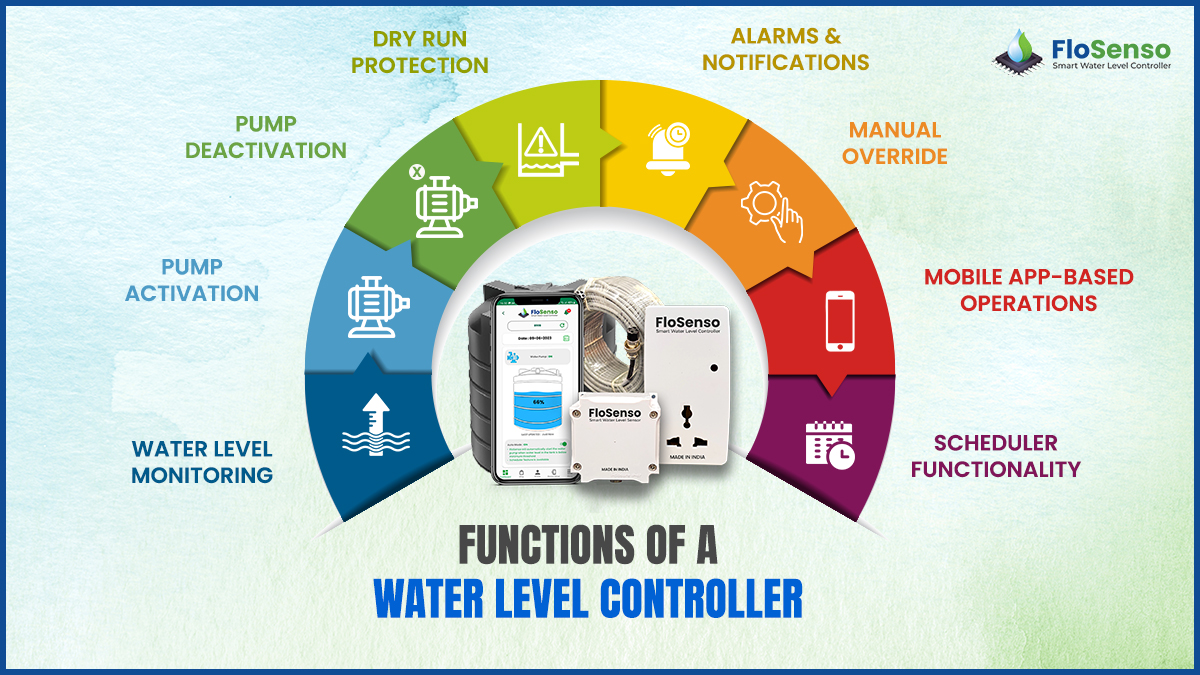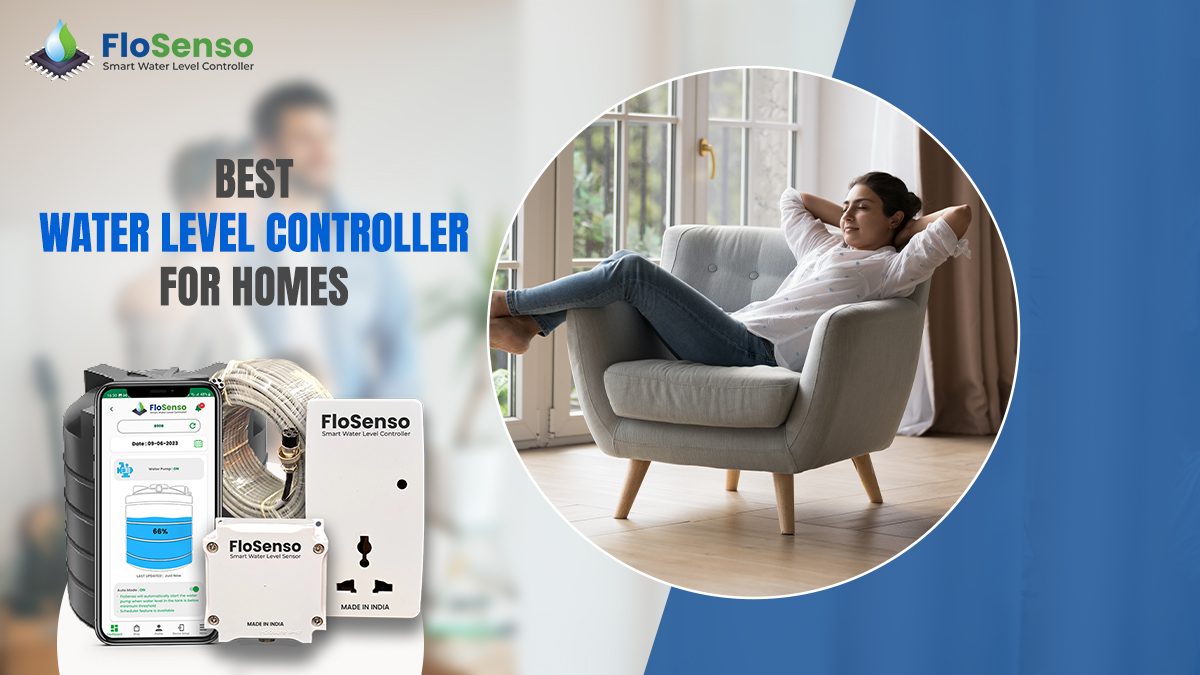Water is one of the most essential resources in our daily lives. Whether you’re using it for drinking, cooking, or maintaining your garden, having a reliable and efficient water supply is crucial. To ensure you always have the right amount of water at your disposal, a water level controller is a valuable addition to your home. But with numerous options available, how do you choose the best one?
In this article, we’ll guide you through the process of selecting the best water level controller for your home.
Water Level Controller
As we navigate an increasingly interconnected world, where the Internet of Things weaves its magic into the fabric of our existence, the Water Tank Level Indicator stands as an example of innovation, offering an elegant solution to a global problem: water overflow and wastage. It is time to stop water wastage and take command of your water management. Each installation can potentially save thousands of gallons of water annually, leading to significant water conservation benefits.
A water level indicator for water tanks is designed to automatically manage and regulate the level in a tank to ensure a consistent and optimal water level while preventing overflows or pump dry runs. It comprises of water tank level sensors that activate the motor when the water level dips below a specified threshold and deactivates it when the tank is full or when there is no water supply to the pump. To prevent motor overuse, it is essential to invest in the appropriate device.
Here are the key components of a typical water level controller that you can identify:
Sensors: Water tank level sensors detect the water level within the tank. These sensors are often mounted at various levels in the tank. The most common types of water tank level sensors include float switches, capacitance sensors, and ultrasonic sensors.
Controller Unit: The controller unit is the brain of the system. It processes data from the sensors and determines when to activate or deactivate the water pump or valve. It may have a display or indicator lights to show the status.
User Interface: The user interface is the accompanying mobile app that displays all the data received from the controller. Besides being the face of the water tank level indicator, it can also enable remote pump operation abilities.

Functions of a Water Level Controller
Water Level Monitoring
The sensors continuously monitor the water level in the tank. When the water level falls below a specific threshold, it triggers the controller to act.
Pump Activation
Pump Deactivation
Dry Run Protection
Alarms and Notifications
Manual Override
Mobile app-based operations
Smart controllers often are accompanied by mobile apps that act as their interface enabling remote water operations with notifications on smart phones.
Scheduler Functionality
Selecting the Best Water Level Controller
1. Assess Your Water Needs
2. Understand the Types of Water Level Controllers
Float Switches
These are simple and cost-effective devices that use float balls to trigger the pump when water levels reach a certain point. Float switches are suitable for basic systems but may not offer advanced features.
Ultrasonic Sensors
Pressure Sensors
Pressure-based controllers are often used in more complex systems and offer precise control of water levels.
3. Tank Size and Shape
4. Control Features
Automatic Pump Control
Customizable Settings
Remote Monitoring
Advanced controllers may offer remote monitoring through mobile apps or online platforms, allowing you to check water levels and system status from anywhere.
Alarms and Notifications
Controllers equipped with alarms and notifications ensure that you are promptly alerted to any issues or irregularities in the system.
5. Energy Efficiency
6. Installation and Support
Conclusion
Choosing the best water level controller for your home is a decision that can greatly impact your water management efficiency and overall convenience. By considering your water storage needs, understanding the types of controllers available, and evaluating automation features, energy efficiency, quality, and budget, you can make an informed choice. A reliable water level controller ensures a constant water supply, prevents overflows, and contributes to a more sustainable and cost-effective water management system for your home.
Try FloSenso – the smart water level controller that gives you freedom from tank overflows and manual pump operations. This cutting-edge device combines smart technology with eco-consciousness to bring you the most efficient and stress-free water level management experience.
Connect with the FloSenso team for any query.











